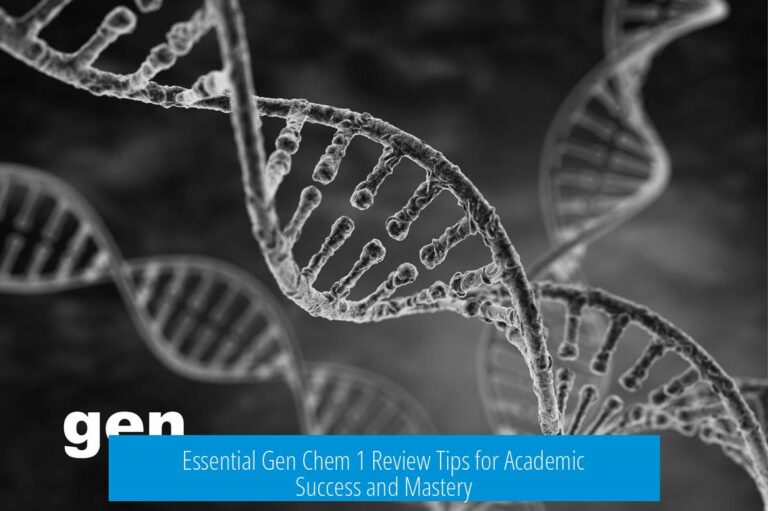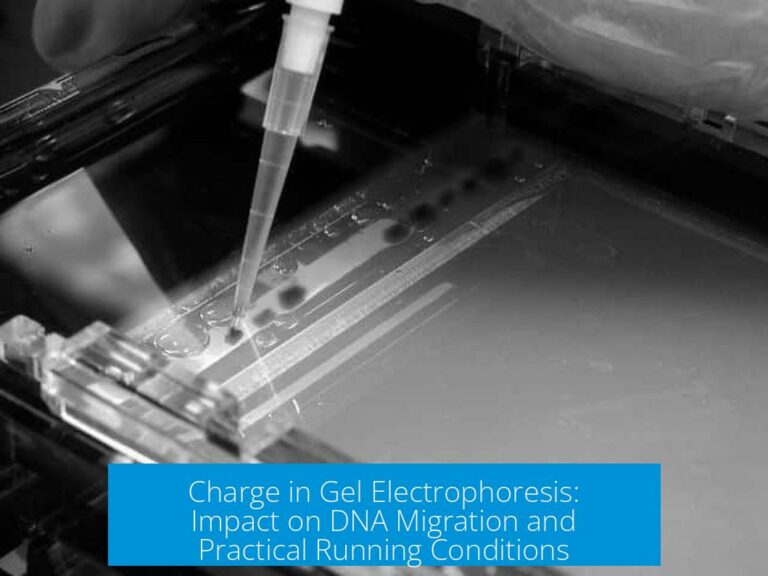Bleach as a Disinfectant: Effectiveness and Stability in Water
Bleach solutions do not lose their disinfecting power completely after one day in water, but dilute bleach tends to degrade faster and loses strength over time. Sodium hypochlorite, the active ingredient in bleach, decomposes gradually, reducing free chlorine available to kill pathogens. Understanding the chemistry behind bleach stability helps optimize its usage and longevity.
How Bleach Functions as a Disinfectant
Bleach kills microbes by releasing free chlorine, which reacts with cell components of bacteria, viruses, and fungi. This reaction disrupts vital functions, leading to cell death. Sodium hypochlorite in liquid bleach forms hypochlorous acid when dissolved in water, which acts as the main disinfecting agent.
- Effective concentration commonly used: 1:10 dilution yielding 5000-8000 ppm free chlorine.
- Free chlorine is the measure of bleach’s active disinfecting component.
- Higher concentrations are more effective but require proper handling.
Stability and Decomposition of Sodium Hypochlorite in Water
Bleach is chemically unstable, particularly when diluted. Sodium hypochlorite tends to break down into chlorine gas and salt, reducing disinfectant potency. Decomposition follows an exponential decay curve—initial rapid loss slows down over time.
- Household bleach at full strength has a high pH and concentration, which improves stability.
- Upon dilution, bleach loses strength quickly, but not entirely within one day.
- A 1:10 bleach solution typically loses about 5-7% of free chlorine over a month.
- More dilute solutions degrade faster and should be refreshed more frequently.
Therefore, the common advice to prepare fresh bleach solution daily ensures disinfecting power remains adequate with a large safety margin, especially when dealing with uncertain contamination levels.
Strategies to Maintain or Improve Bleach Effectiveness
Users can extend the usefulness of bleach solutions through careful preparation and storage.
- Prepare fresh solution daily: Mix bleach and water each day to maintain free chlorine concentration and disinfecting strength.
- Use high-quality bleach: Purchase bleach with a recent production date for higher initial strength.
- Store in opaque containers: Light accelerates bleach decomposition; keep bleach in dark bottles or opaque spray containers.
- Keep solutions cool: Heat speeds chemical breakdown; store the bleach solution in a cool place.
- Refresh bleach solutions: Bring concentrated bleach and water separately to campsites or remote areas and combine as needed.
These steps reduce unnecessary wastage and ensure effective sanitization without frequent complete disposal of diluted bleach.
Alternative Disinfectants to Consider
Other compounds provide stable disinfectant action with longer shelf life in solution:
- Quaternary ammonium compounds (quats): Benzalkonium chloride is common in commercial antimicrobials, including hand soaps and surface cleaners.
- Chlorine dioxide tablets: Effective for water treatment, available in camping supply stores.
- Sodium percarbonate: An oxygen-based bleaching agent also serving as a disinfectant.
- UV sterilization: Useful for water and surfaces but requires proper shields to avoid personal exposure.
These alternatives might be preferable for long-term solutions or specific applications requiring stability and safety.
Safety and Practical Usage Tips
- Avoid combining bleach with ammonia or acids to prevent release of toxic gases.
- Use in well-ventilated spaces to minimize inhalation risks.
- Spraying bleach directly on fabric or surfaces can refresh odors and sanitize, but do not soak fabrics for prolonged periods.
- Regular dishwashing with soap remains essential; bleach complements but does not replace mechanical cleaning.
Summary of Key Points
- Bleach solutions remain effective beyond one day but lose disinfectant strength as chlorine decomposes over time.
- Diluted bleach degrades faster; preparing fresh solutions daily ensures reliable disinfection.
- Proper storage—cool, dark, airtight containers—extends bleach solution lifespan.
- Alternative disinfectants like quats or chlorine dioxide offer more stable options for extended use.
- Follow safety guidelines to avoid harmful reactions and ensure effective use during cleaning or camping.
Why does bleach lose its disinfecting power when mixed with water and stored for a day?
Bleach breaks down in water because sodium hypochlorite is unstable. It decomposes into salt and chlorine gas over time. Diluted bleach loses strength faster than concentrated bleach. This loss reduces its disinfectant effectiveness.
How can I keep diluted bleach effective for longer periods?
Add fresh bleach to the diluted solution daily to maintain its strength. Store bleach at a high pH and keep it out of sunlight. Using a small bleach bottle with a larger water container for daily mixing helps maintain disinfection power.
Is it necessary to prepare bleach solution fresh every day for cleaning?
Fresh preparation ensures a strong disinfectant with a safety margin. Although diluted bleach does not go bad within a day, its strength diminishes. Regular daily mixing helps keep its effectiveness high.
Are there better alternatives to bleach for stable disinfecting solutions?
Yes, quaternary ammonium compounds like benzalkonium chloride offer longer stability. Other options include chlorine dioxide tablets or sodium percarbonate powders. These often keep their disinfecting power longer than bleach.
Can bleach strength be tested or measured after dilution?
Some people test free chlorine levels to check bleach strength. Using chlorine test strips or online decomposition calculators can help estimate effectiveness. This ensures the disinfectant still meets safety and cleaning needs.





Leave a Comment